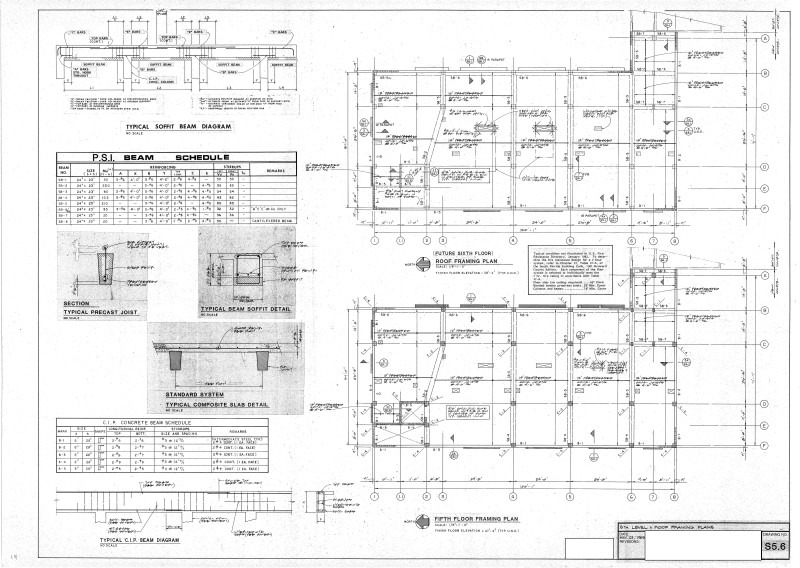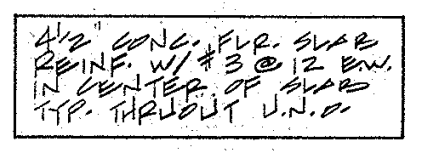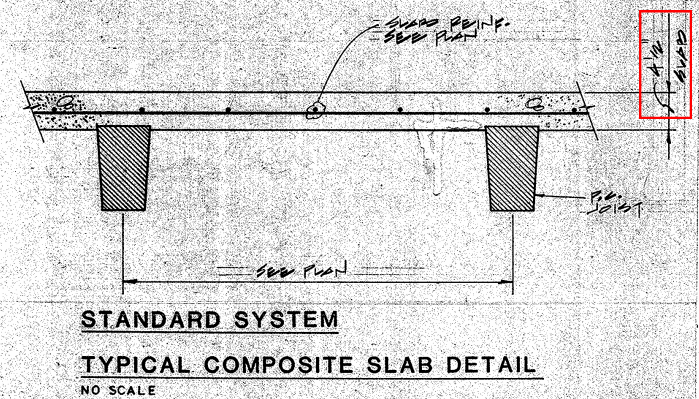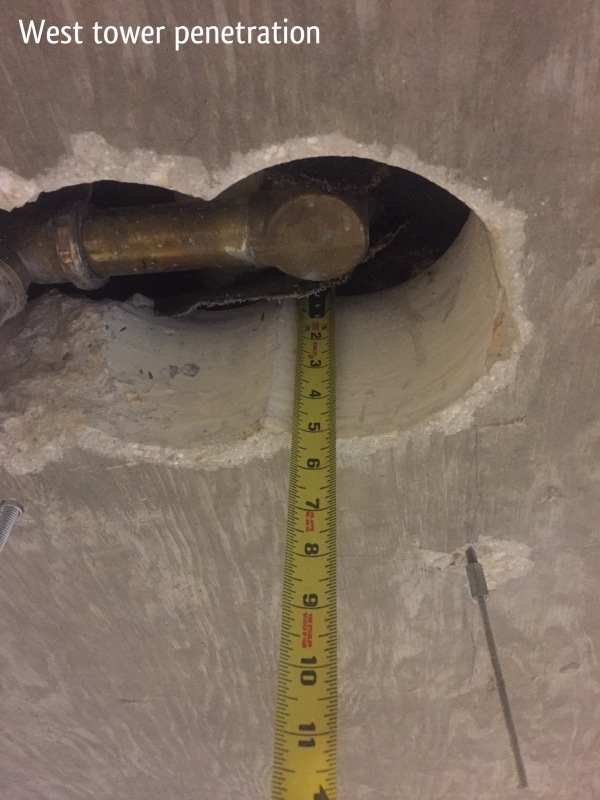Link
Link
All,
For those that are interested I've provided Dropbox links with the referenced framing plan and general notes in a higher resolution. The typical precast joist section clearly calls out prestressed tendons.
The general notes list the live loads; however, since I don't have access to an original architectural floor plan I cannot determine which areas were designed for hospital ward live loading (40psf) or corridor live loading (80psf).
Back-calculating a capacity will not really help as I am trying to analyze the floor for reserve capacity to utilize for an additional concentrated live load point load of 1250lb (unfactored) anywhere along the joists span suspended from
below the joists; therefore, whatever live load I use to determine the capacity will be used up in my additional load analysis.
A comparative analysis will give an increase in moment and shear of 9.9% and 9.4% respectfully; therefore, I believe this amount of increase calls for either knowing the exact capacity through span load tables or performing an extensive and costly analysis of the material strength of the joists for such a relatively small addition.
If the span tables give a higher allowable superimposed service load than the worst case 80psf LL and collateral DL combined then I could utilize the excess capacity to determine if the joists can handle the additional point load by finding an allowable moment & shear and comparing those to my worst moment and shear due to the LL, DL and point load.
Ultimately, if there are no load tables available, I would be inclined to specify member reinforcement based on my comparative analysis...which would probably be cost prohibitive as well as possibly infeasible to construct do to limited plenum space and M.E.P. interference.
Thank you all for your help and input!





